Fake News Explained: Cork-Lid Trapdoor Spiders
My photos of the Cork-Lid Trapdoor Spider have been making their rounds on the internet again this month with yet another entirely untrue caption claiming that the spider kills you within 5 minutes. This post is to address and debunk the nonsensical captions and to share the actual beauty of the spider without using fake captions to spread the irrational fear of spiders.
I have had a set of photos of the exquisite Cork-Lid Trapdoor Spider (Genus Cyclocosmia) from Thailand in my Flickr albums since 2018, but have never published them on my blog as it was documented in captivity and I usually prefer to blog about wildlife sightings. This spider has many common names, ranging from Cork-Lid Spider, Oreo Spider, Butt-Plug Spider, Manhole Cover Spider, Button Spider, Butt-Door Spider, Aztec or Inca Coin Spider, Happy-Bum Spider, and possibly many more.
The recent form of the fake captions went like this.
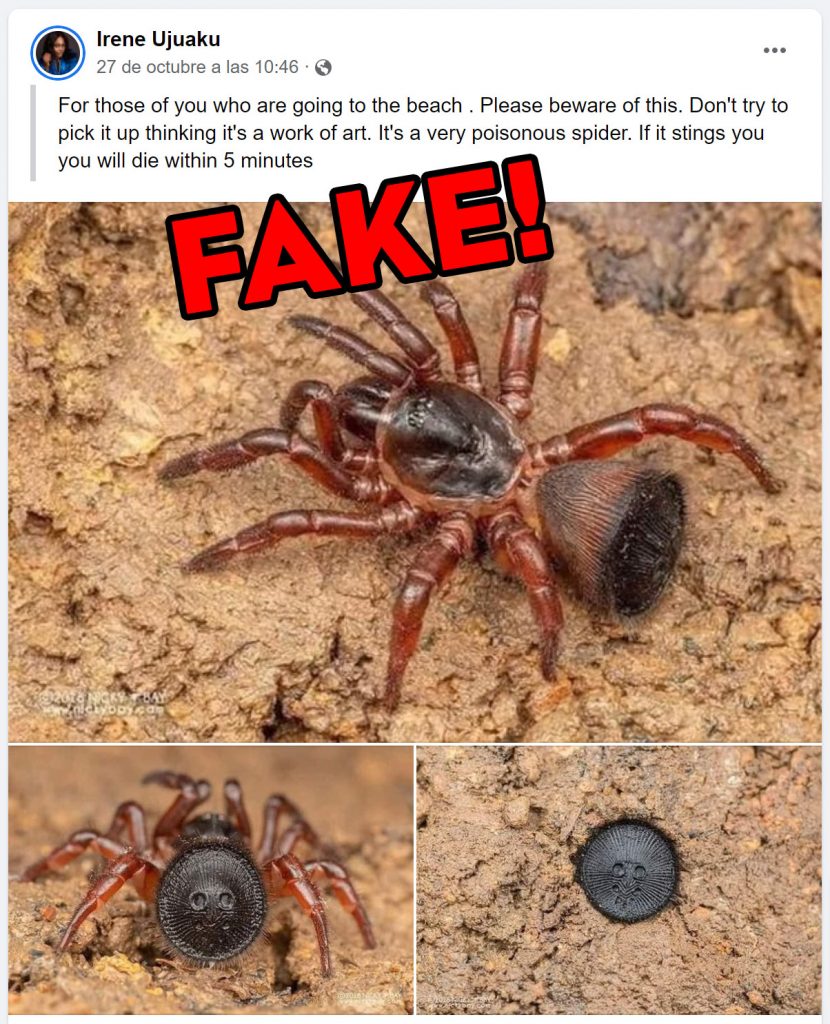
And here’s the made-up caption that stirred up over 100k shares on Facebook.
For those of you who are going to the beach. Please beware of this. Don’t try to pick it up thinking it’s a work of art. It’s a very poisonous spider. If it stings you you will die within 5 minutes.
The spider cannot be found at the beach
This species of Cyclocosmia builds its retreat on mud walls. It cannot and will not be found at the beach.
Spiders are (normally) not “poisonous”
This is just an issue with English. The correct term would be venomous if the spider were to inject venom into you and cause a reaction. Poisonous is used to refer to things that cause a harmful reaction when you eat, inhale or touch them. Do note that in some languages, the same word would be used to describe both.
Spiders don’t “sting”
The correct term would be “bite” or “envenomate”. A “sting” would typically be used with bees, wasps, ants, and scorpions by their sharp-pointed organ at the end of the abdomen.
Almost impossible for a trapdoor spider to bite humans
What are the chances for a layman to chance upon its burrow, see it in its “cork-lid” position, dig it out, and force the spider to bite? They would normally prefer to escape into the retreat when disturbed, so digging them out may require excavation of the entire retreat.
Trapdoor spiders can’t harm humans with their venom
Almost all spiders possess venom. But most are medically insignificant to humans. They most certainly won’t cause death due to the venom. 5 minutes? Does the spider have a stopwatch?
With the incorrect points out of the way, let’s look at the photos and the spider’s interesting facts.
Cork-lid trapdoor spider (Cyclocosmia sp.)
Spiders of the genus Cyclocosmia spend most of their lives in their retreats, coming out only to capture prey at the entrance of their retreats. They are easily recognised by the posteriorly truncated abdomen.
Cork-lid trapdoor spider (Cyclocosmia sp.)
The most interesting fact about this genus of spiders is that it uses its highly sclerotised (hardened) rear end of its abdomen to “plug” its burrow when it feels threatened.
Cork-lid trapdoor spider (Cyclocosmia sp.)
The sclerotised pattern on each species can be different. It often resembles that of an Inca or Aztek coin.
Cork-lid trapdoor spider (Cyclocosmia sp.)
The spider itself is a chonky and majestic creature, but it really just wants to catch food and not bite you!
Cork-lid trapdoor spider (Cyclocosmia sp.)
As indicated earlier, this series of photographs were taken while the spider was in captivity. I also took some photos of the spider on a white background.
Cork-lid trapdoor spider (Cyclocosmia sp.)
The lateral view over a white background shows just how hairy the sclerotised abdomen is.
Cork-lid trapdoor spider (Cyclocosmia sp.)
Close up of the eyes shows an arrangement very similar to that of other mygalomorphs.
Cork-lid trapdoor spider (Cyclocosmia sp.)
I even managed to document the spinnerets up close! Don’t worry, the spider was playing dead and wasn’t harmed in any way.
Cork-lid trapdoor spider (Cyclocosmia sp.)
Photos over white background are typically used in spider guide books, so we try to make sure that the spiders are stretched out nicely in the final photo.
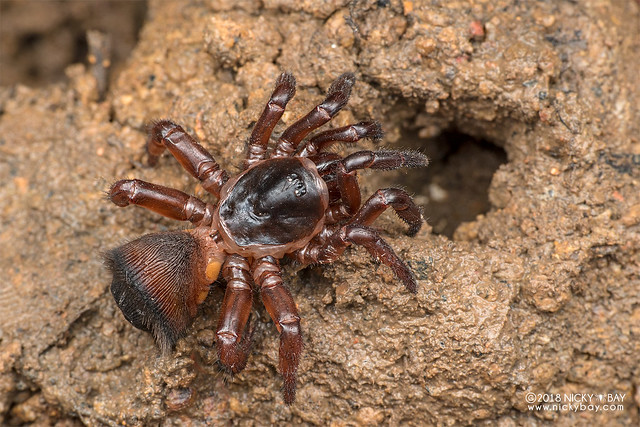


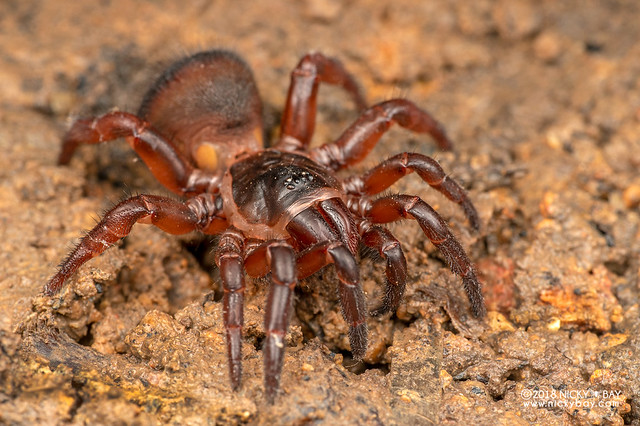
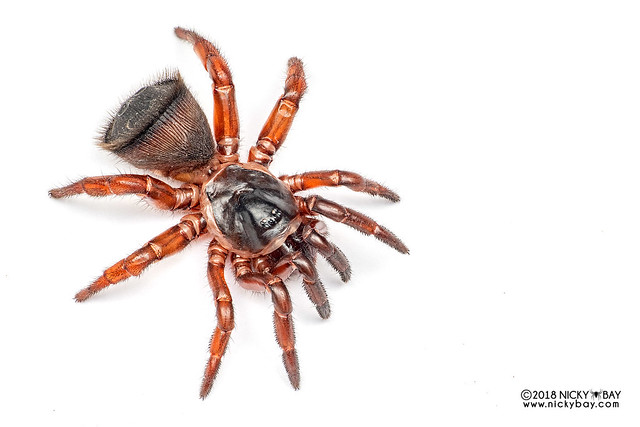
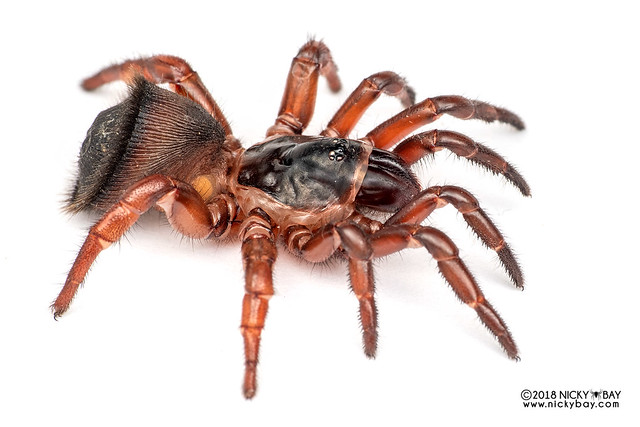

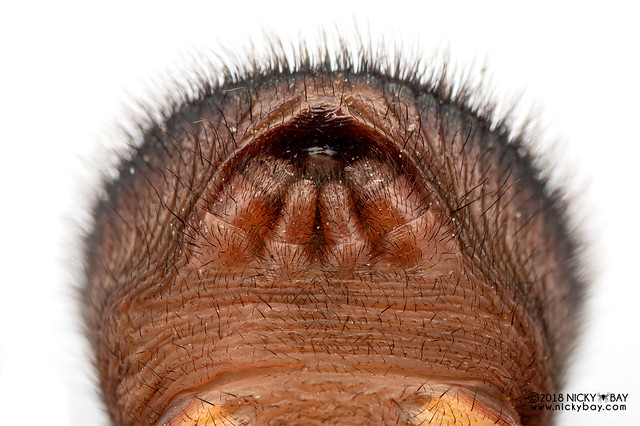

Conclusion
This case of stolen photos with fake captions wasn’t the first. It wasn’t even the first for this set of photos — a different but similar story also went viral with Russian and Arabic versions going around.
If you see others sharing the same set of photos with misleading fear-mongering captions again, please direct them to this post.
I hope with this post, the myths can be dispelled and we can go back to loving spiders.

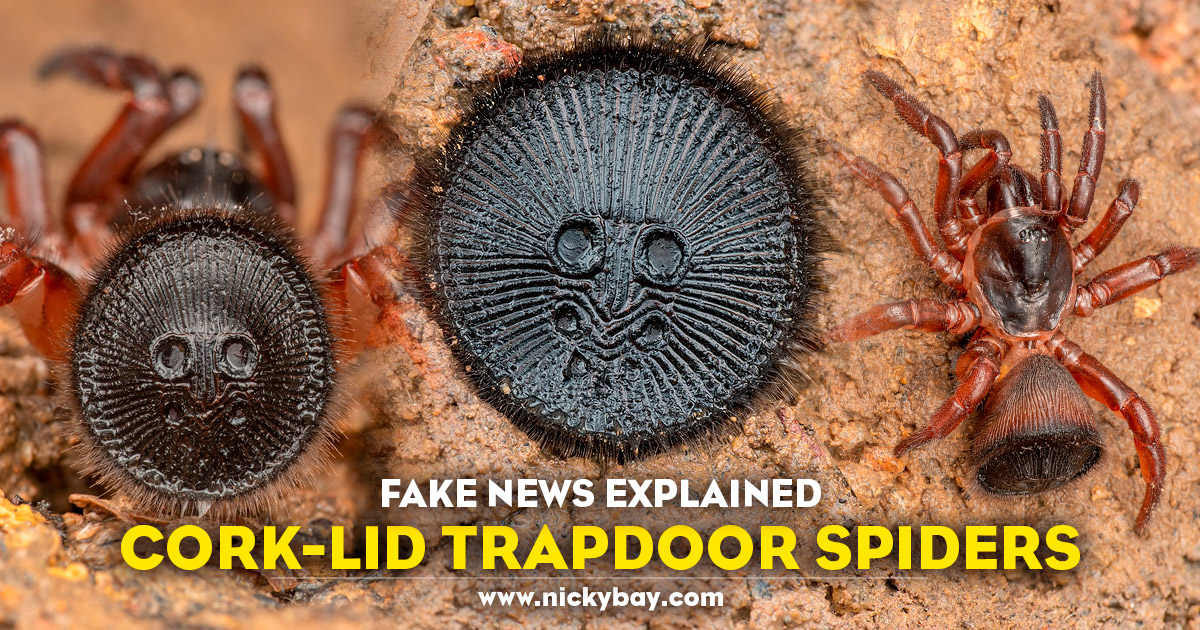


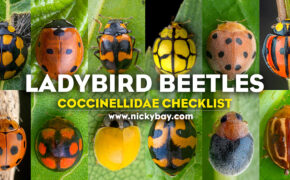
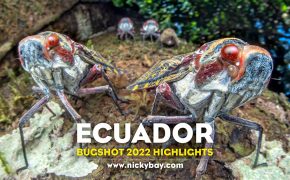
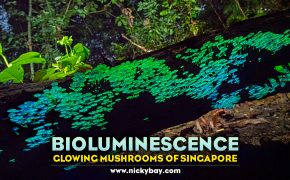
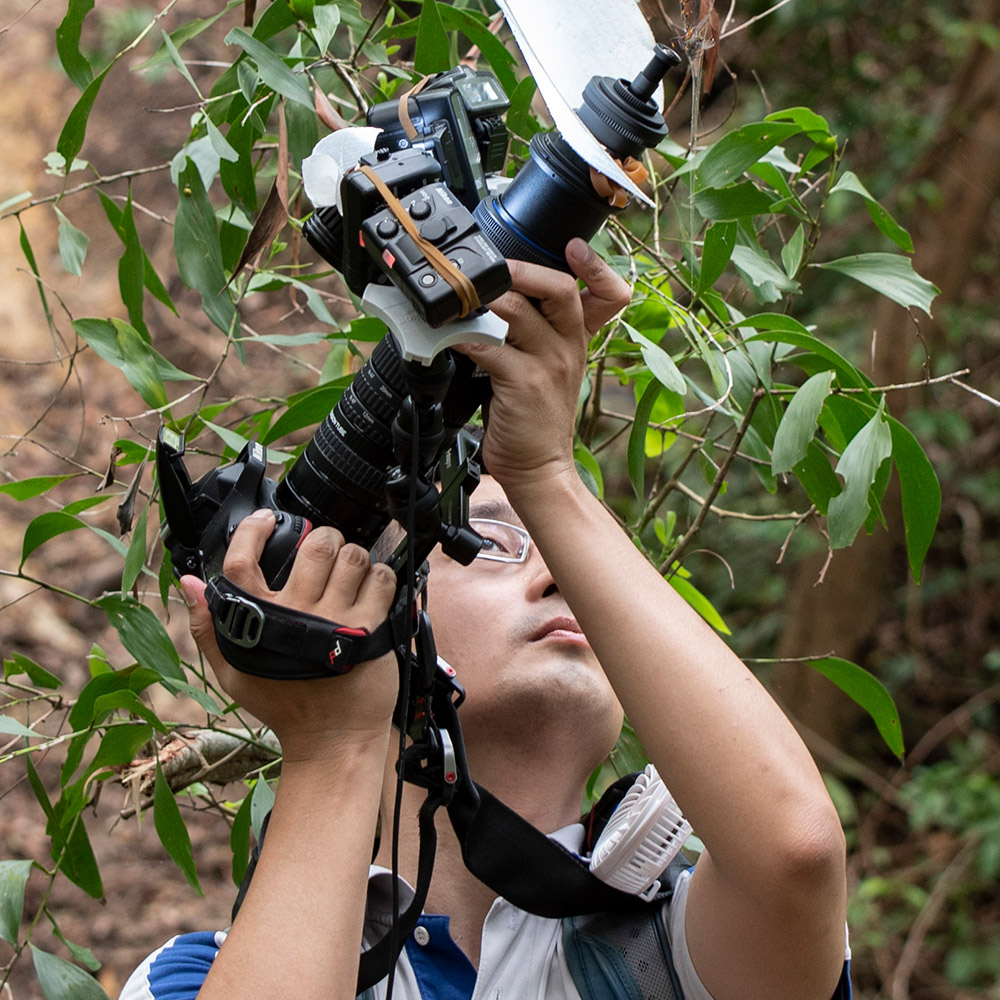










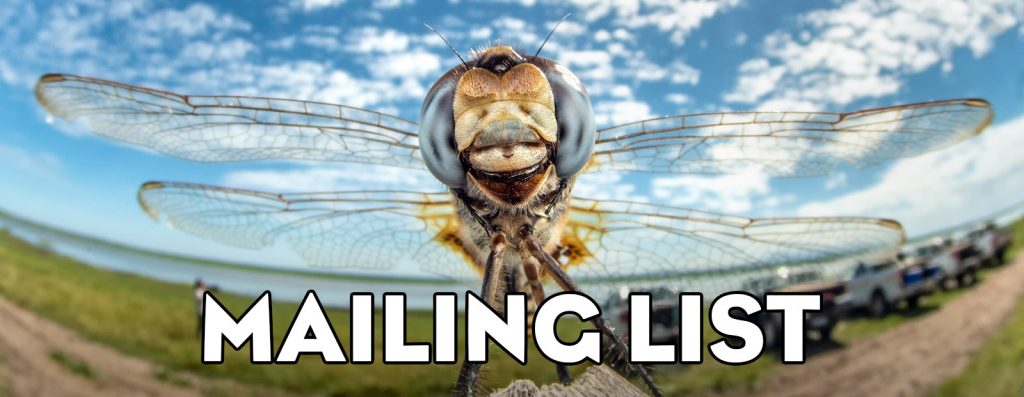
Parnell Foamchafe
Do you have pictographs of the exquisite wheelchair spider who tricks his prey into thinking he’s handicapped and then bites the anus of the man cub?
Nicky Bay
Sorry, I’m not sure. Do you have the scientific name?
rallyarc
this is just making more people think spiders as dangerous,gross,and making them more arachnophobic.its infuriating
thatcarenthusiast
what is the smallest bug/animal you have ever taken a photo of
Nicky Bay
Probably a spider at 0.5mm